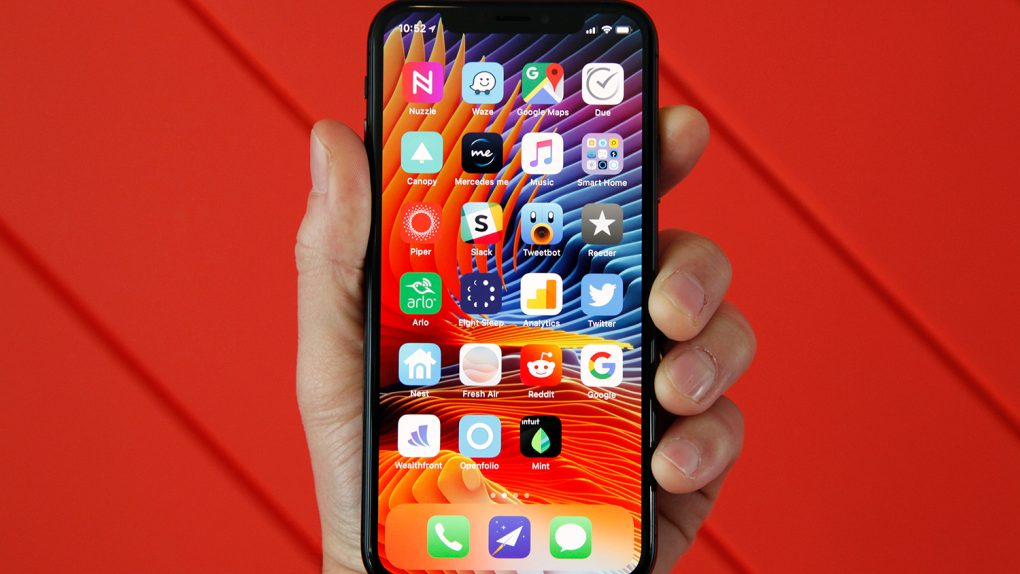After bouncing between Symbian and BlackBerry for years back in the early 2000s, I became an iPhone user the day the original model was released more than a decade ago. Apple’s first-generation iPhone was nowhere near as capable as Nokia’s Symbian smartphones, and it wasn’t suited as well to productivity as BlackBerry phones. From a user experience standpoint, however, it was blatantly apparent from the moment you picked it up that the iPhone was miles ahead of the competition. Market leaders at the time like Nokia and BlackBerry failed to see what was quite obvious to Apple and to end users, and now those companies no longer have smartphone businesses to speak of.
Things finally got interesting again nearly two years after the first iPhone launched, when the first Android-powered smartphone was released. It was called the HTC Dream, or T-Mobile G1 in the United States, and it sort of combined key elements from the iPhone user experience with key elements from the BlackBerry and Symbian user experiences. Android was far more versatile and flexible than iOS (or iPhone OS, as it was originally called) even back then, but it was also nowhere near as refined and fluid.
Much has evolved over the years with both mobile platforms, but those initial advantages remain unchanged. Android is still much more versatile, while iOS is still far more streamlined and refined. I’m still an iPhone user after all these years as well, but there are two key advantages Android has over the iOS platform that continue to leave me envious.
The first big advantage Android has over iOS in my eyes is obvious: choice. Apple sells more iPhone models now than it ever has before, and the number should be at least as high this year. There are currently eight different iPhone models available for purchase from Apple: iPhone X, iPhone 8 Plus, iPhone 8, iPhone 7 Plus, iPhone 7, iPhone 6s Plus, iPhone 6, and iPhone SE. Four current models are set to be retired this year (iPhone X, iPhone 6s Plus, iPhone 6s, and iPhone SE), but four new models are also expected to debut, including an upgraded version of the iPhone X, an “iPhone X Plus,” a similar-looking iPhone with an LCD display, and an “iPhone SE 2.”
That seems like a lot of iPhones, but there really isn’t much variety to speak of. Four of the eight available iPhones are previous-generation models, and the iPhone SE is a low-end iPhone. Then there’s the iPhone 8 and iPhone 8 Plus, which feature modern specs crammed into a design that dates back to 2014. Finally we have the new iPhone X, which is the iPhone I currently use.
On the other side of the fence, there are dozens upon dozens of different Android phones out there. And we’re not just talking about a few new options and a slew of previous-generation models. Google allows other hardware makers to license Android for free, as we all know, so there’s a ton of variety available to Android users.
The other big advantage Android has over iOS in my view is actually the impetus for this post. A nifty little Android app came to my attention courtesy of a thread on Reddit, and it reminded me of how aggravating some of Apple’s restrictions are on third-party app developers.
Flutter is the new Android app in question, and it’s a simple but useful utility that’s available for free in the Google Play store. It’s actually more of an extension than an app, and it serves one purpose: it adds an overlay on Netflix pages that display Open Movie Database ratings. This way, when you tap on a show or movie in Netflix, you can get a good idea of audience response before you bother watching it.
It’s so simple, and yet it’s a painful reminder of how limited iOS app developers are in some regards. As a whole, Apple’s restrictions result in an overall user experience that is far smoother, more consistent, and more refined than Android. But certain restrictions, such as the limitations on interactions between third-party apps, are a bit overbearing. Being able to see audience scores as you browse Netflix is so simple and so useful, and it’s just one of a million examples of how developers can enhance app experiences on Android. Despite its simplicity and utility, Flutter could never exist on an iPhone.








